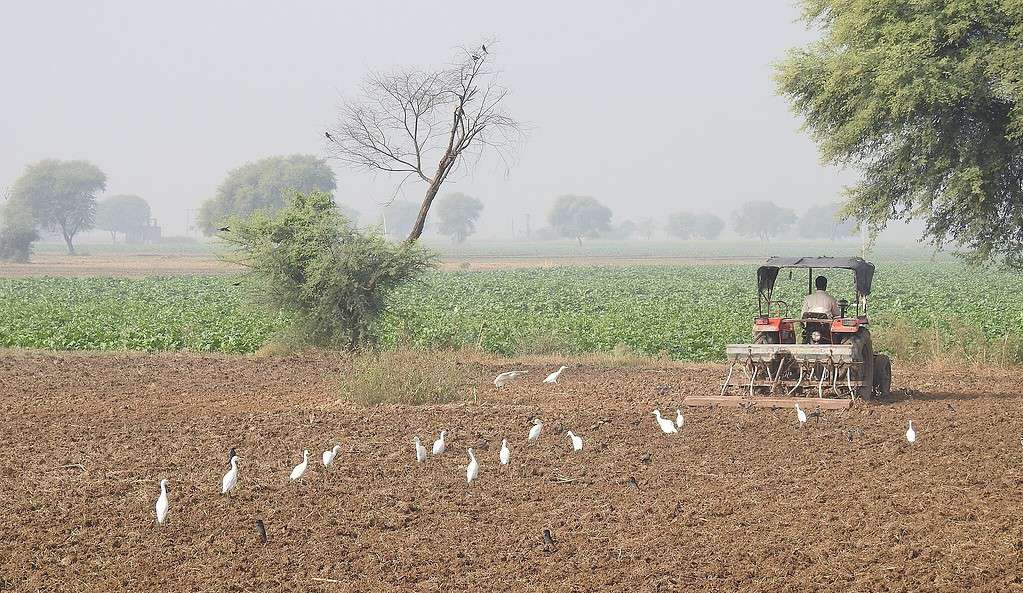The extensive use of chemical products in intensive agriculture has been the main cause of decline for many bird species in Europe, according to a new collaborative study. Researchers used data from 28 countries across a 37-year period and found that common bird species have shown a general decline of 25% across the continent — with agriculture being the biggest culprit.

The study, published in the journal PNAS, used a comprehensive dataset to understand the drivers of population change in European birds. It looked at how 170 bird species have responded to human-driven pressures, including climate and land use change. While these were known factors, the relevance of each was largely unknown so far.
“While many studies have tried to figure out what has driven bird declines in UK and Europe, this is the first to look at the major, man-made drivers in one go, using the best data available. The results are compelling. They show the power of citizen science and cooperation across borders,” Richard Gregory, lead author, said in a statement.
A challenging time for birds
Birds are the largest group of terrestrial vertebrates in species number and are widely affected by ongoing global change – from agriculture to land use change to climate change. While previous studies have already shown this on a local level, the effects of multiple pressures on population dynamics have hardly been tested at a large spatial scale.
In their study, the researchers found that common bird species in Europe declined in abundance by around a quarter from 1980 to 2016. However, the number of farmland species has more than halved over the same period. Declines were also noted in urban dwellers (27.8%), woodland birds (17.7%), and cold and warm preferring birds.
Beyond the numbers, one of the study’s key findings is the negative impact of modern intensive farming practices. The researchers found that intensification, measured by the use of pesticides and fertilizers, has led to the decline of many populations. Birds that rely on invertebrates for food, such as the Yellow Wagtail, have been hardest hit, as their prey is destroyed by pesticides.
The researchers also identified direct links between the decline in bird populations and three other pressures linked to human activities over the last decade. These are changes in forest cover, urbanization, and climate change, focusing on temperature. Unlike intensive farming, these pressures have a greater impact on specific bird species.
“Increasing our reliance on pesticides and fertilizer has allowed us to farm more intensively and increase output, but as this study shows, at a huge cost to our wildlife and the health of the environment,” Alice Groom, head of sustainable land use at the Royal Society for the Protection of Birds, not related to the study, said in a statement.
Seeking a way forward, the researchers called for “transformative change” in European societies, specifically an agricultural reform that can protect the continent’s birds populations. The agricultural sector in Europe is “struggling to balance high productivity from intensive agricultural practices with environmental protection,” they said.









